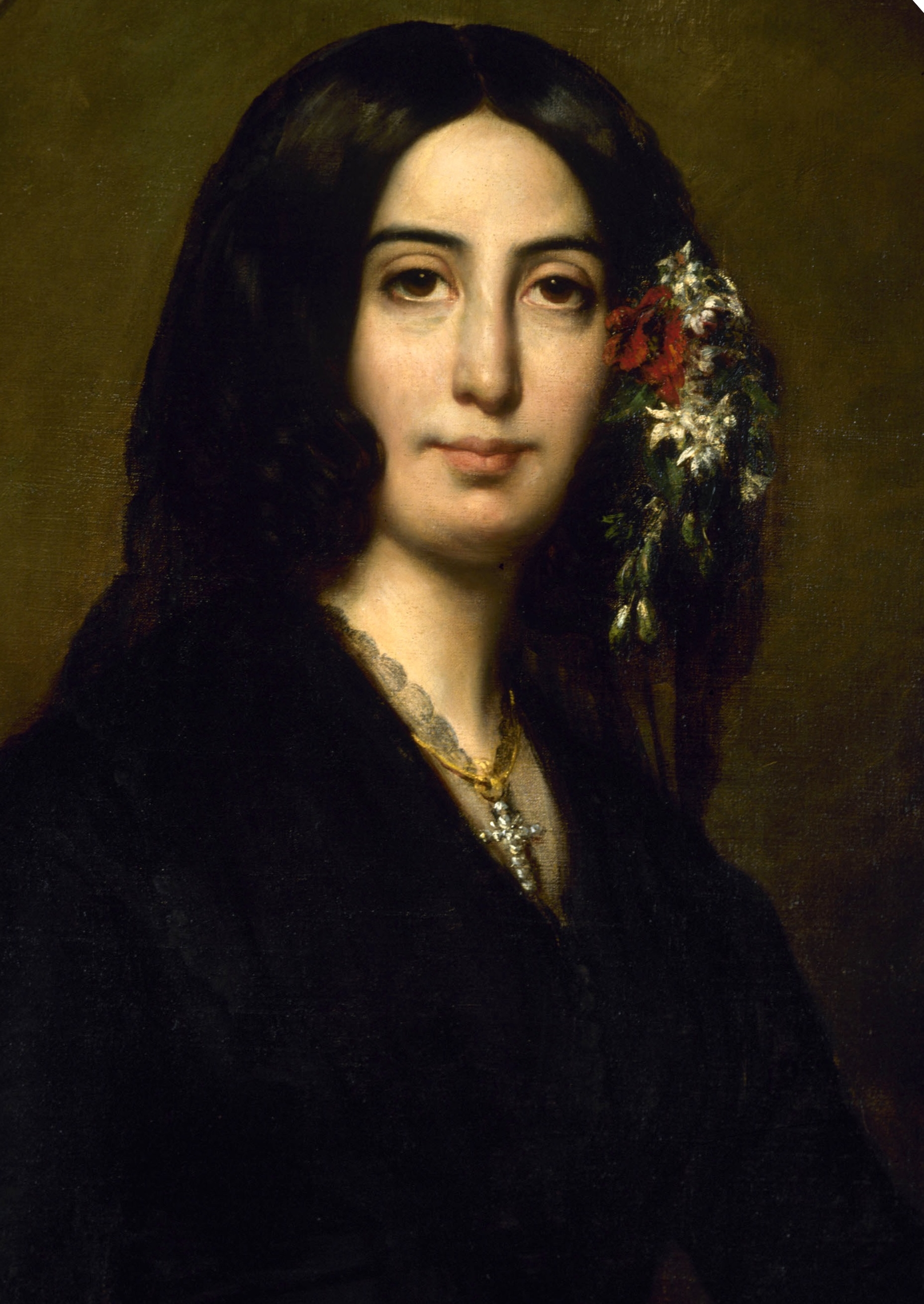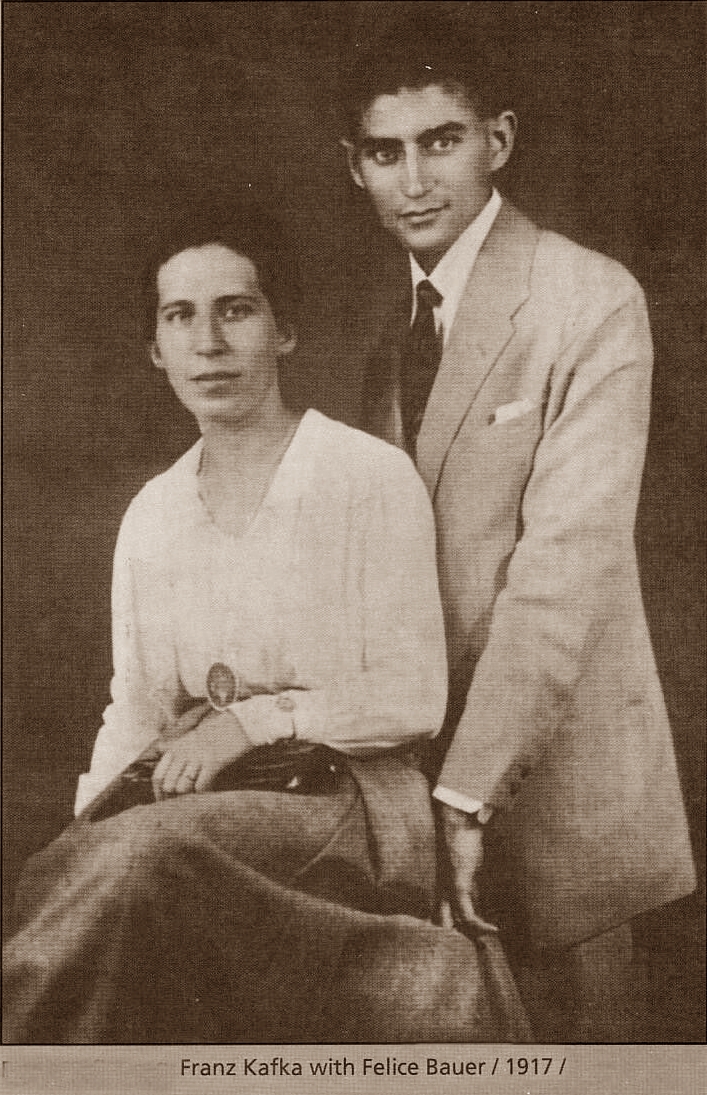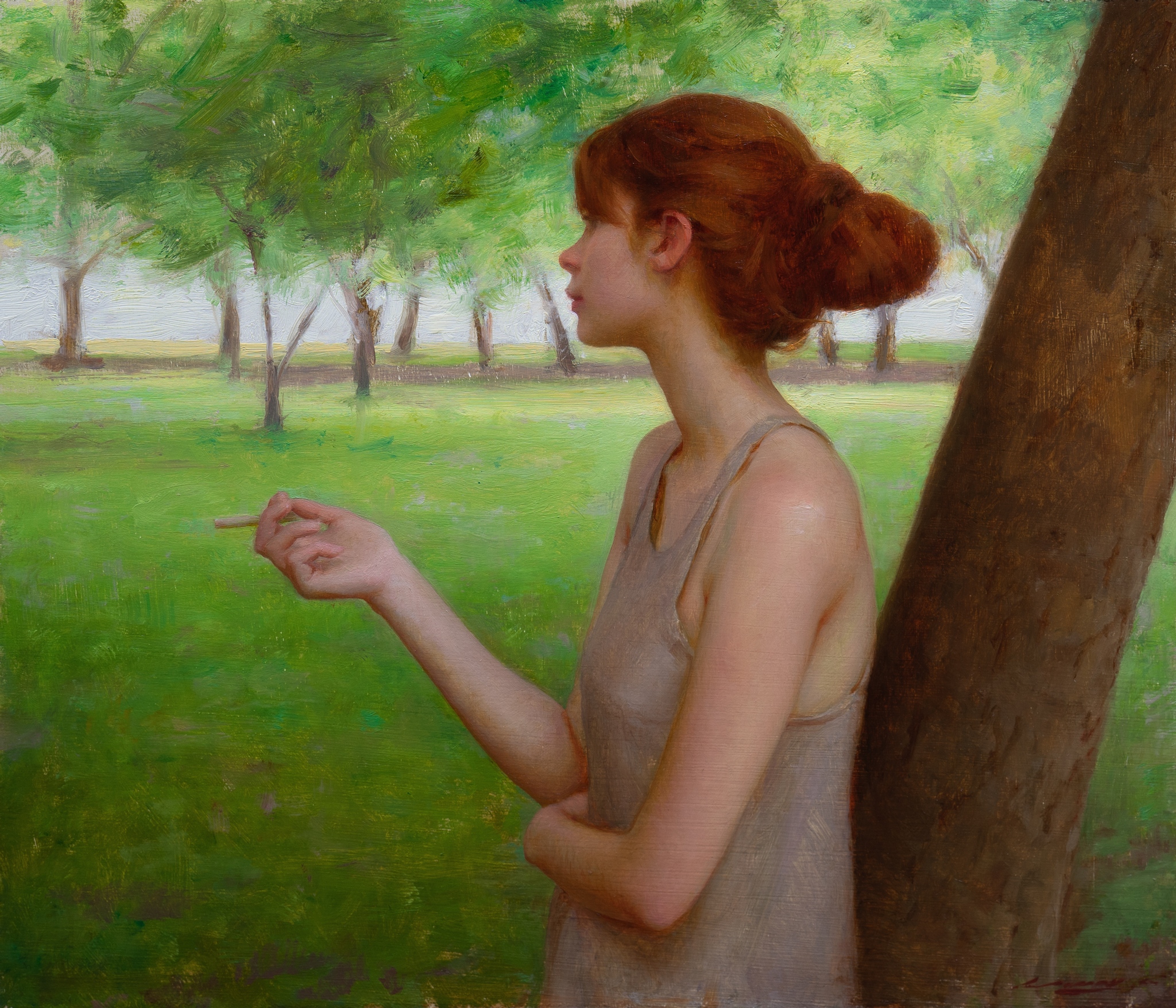With her back to us, a young girl stands looking through a fence. Facing us directly, a woman sits with a small dog in her lap and a book in her hand.
Billowing steam from an unseen train obscures the center background, but the edge of a bridge juts out at right, identifying the setting as Gare Saint-Lazare - Paris’ busiest train station and emblem of the city’s unsettling 19th-century makeover. Beyond depicting the modern city, The Railway disturbingly suggests how people experienced it.
Pinned against a long black iron fence, these fashionably dressed female figures are physically cut off from the railroad beyond and also seem estranged from each other: facing in opposite directions, they are absorbed in their individual activities. Manet offers us no clues to their relationship, even as we viewers seem to interrupt the woman reading.
She looks up at us directly with an expression that is neutral and guarded - the characteristic regard of one stranger encountering another in the modern metropolis.








